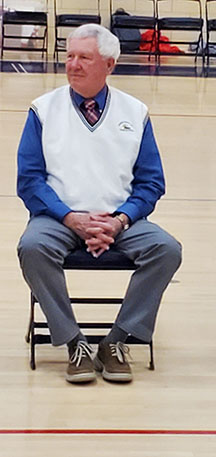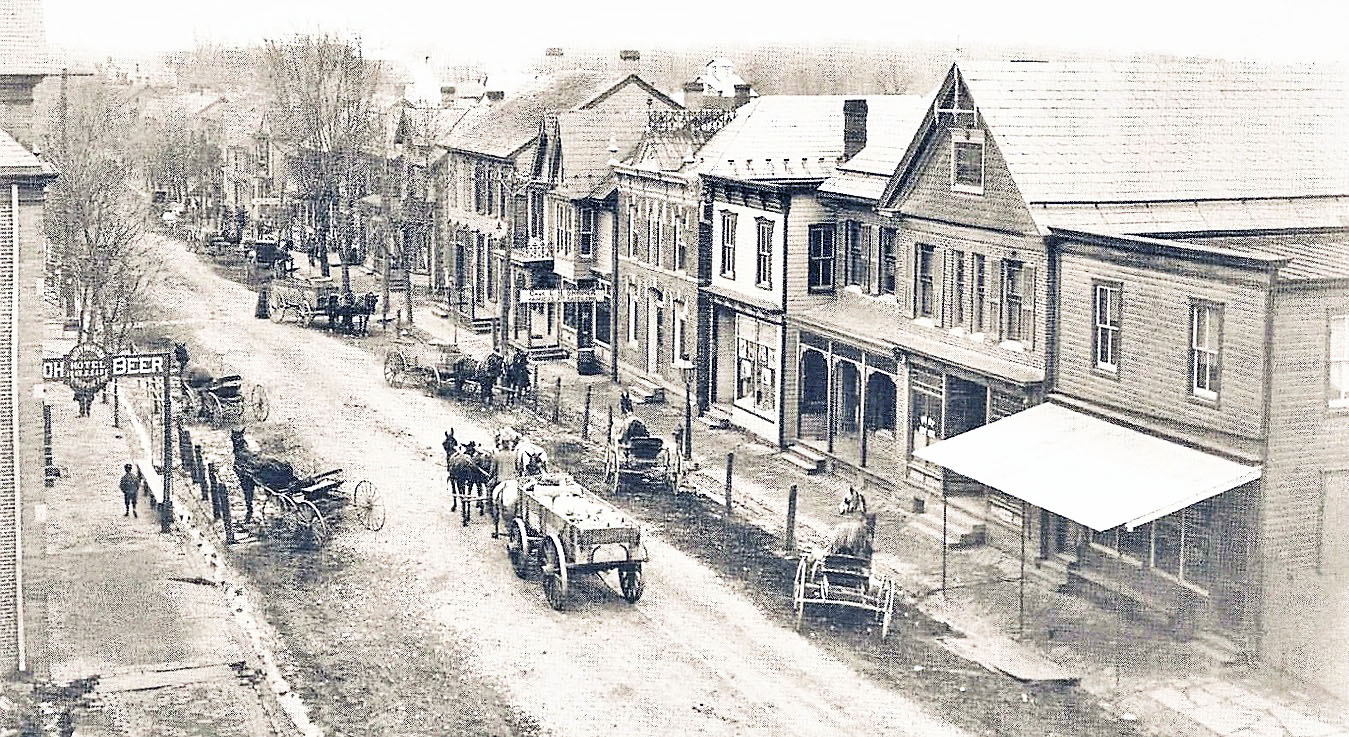
Jeff Yocum
In 1988, Coach Richard Long gave up coaching at Francis Scott Key High School (FSK) to spend more time coaching his son.
Before he hung up his whistle and clipboard, though, he had racked up quite an enviable record at FSK.
In January of 2024, FSK inducted Sabillasville resident, Richard Long, into its Athletic Hall of Fame.
Although FSK is one of Carroll County’s smallest schools, Coach Long’s records in basketball and baseball gave the school prominence—not only in Carroll County, but throughout the State of Maryland.
Coach Long’s Achievements
Helped start FSK’s football program in 1969—coaching three years as an assistant coach.
Helped start the baseball program in 1968.
Coached freshman basketball from 1968 to 1972 and 1990—record of 77 wins and 23 losses.
Coached baseball from 1968 to 1988.
FSK went to the state Final-Four five times.
State Champion in 1984.
MVAL Champions 1970, 1974, 1976, 1977, 1978, 1980, 1981, and 1984.
At a time when only the top four schools went to the baseball playoffs, his teams went 19 times in 21 years.
Coached the Maryland State All-State baseball team in 1985.
Named Carroll County Times Coach of the Year six times.
Baltimore Sun’s Coach of the Year for the State of Maryland.
Carroll County Computer Teacher of the Year.
Carroll County Teacher of the Year 2002.
Nominated Maryland Teacher of the Year 2002.
Coach Long retired from teaching in 2002. Since 1996, he has been the minister for the Catoctin Church of Christ in Thurmont. He and his wife, Debbie, reside next-door to his son and daughter-in-law, Eric and Hope, along with his two grandsons, Hunter and Tucker, who get to take advantage and benefit from all of his coaching knowledge.


